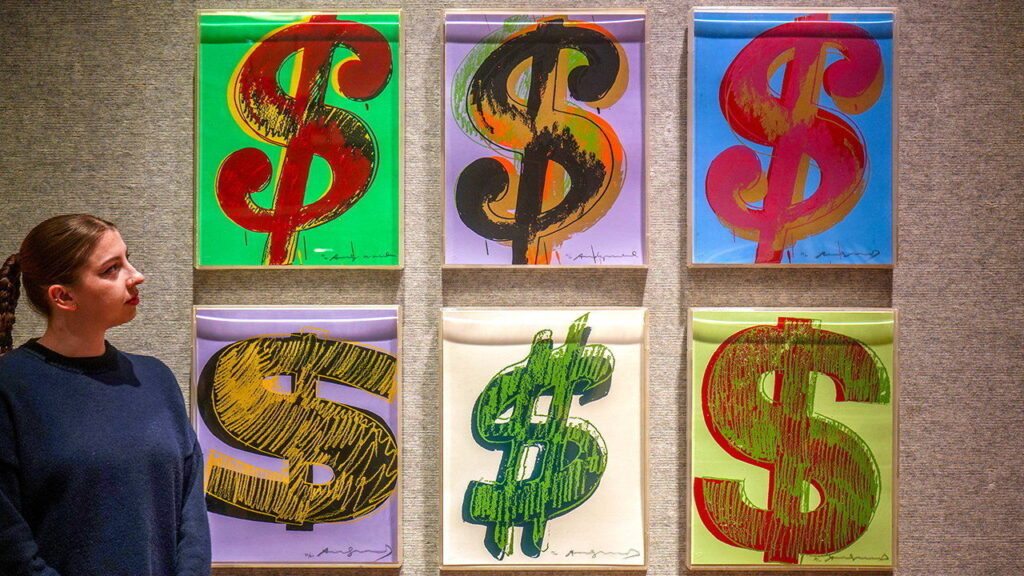In a rather disheartening trend, aficionados of fine wine, art, luxury automobiles, and other high-end collectibles have encountered a challenging financial landscape over the past year. This shift became evident as 2024 unfolded, revealing a stark decline in the value of several luxury assets. Investors who committed their resources to art at the onset of the year faced an average loss of approximately 16% by the end of November. This unfortunate statistic was derived from the All Art index, a comprehensive measure produced by Art Market Research, which meticulously analyzes and monitors auction sales across the art world.
The implications of this downturn are significant for individuals who immerse themselves in the world of high-value collectibles. Particularly, those with a passion for fine wine have also felt the brunt of this market correction. Reports indicate that investments in fine wine saw a downturn of around 11% during the same timeframe. The Liv-ex Fine Wine 1000 index serves as a critical reference point for gauging the fluctuations within the wine industry, reflecting the challenges faced by investors who had anticipated more stable returns.
Additionally, the diamond market has not been spared from this wave of devaluation. The price of diamonds has faltered, with a reported drop of nearly 20%. This decline impacts not only individuals looking to acquire diamonds for personal pleasure or investment but also the broader economic landscape, which often sees these precious stones as a symbol of luxury and wealth. The collectible car market has experienced a more stable, albeit unimpressive performance, with prices remaining relatively flat as compared to previous expectations.
This adverse turn of events for oenophiles, art collectors, and car enthusiasts raises pertinent questions about the future viability and reliability of investing in luxury assets. As economic uncertainties mount and consumer confidence fluctuates, prospective investors might reconsider their strategies and the underlying value of high-end collectibles. Many may seek alternative avenues for investment or look to diversify their portfolios to mitigate potential losses associated with these luxury markets.
Further complicating this scenario is the tightening of monetary policies around the globe, which has affected discretionary spending and the overall appetite for luxury goods. As interest rates rise and economic conditions become more precarious, the market for high-value assets tends to contract, as consumers and investors alike become more cautious. In essence, the once vibrant marketplace catering to the whims of the affluent is undergoing a momentous shift that could redefine the parameters of luxury investment.
Despite the current challenges, there are indications that the luxury asset market may recover in the long term. Historical data suggests that luxury markets tend to rebound after downturns, fueled by passionate collectors and investors unwilling to abandon their interests. As the economy stabilizes, those same individuals may return, driving demand back up and reinstating the intrinsic value of their prized possessions.
In conclusion, while 2024 may not have been kind to oenophiles, art lovers, and car enthusiasts, the cyclical nature of markets implies that resilience and patience are central to navigating these turbulent waters. Whether individuals will choose to remain steadfast in their commitment to luxury investments or pivot toward alternative opportunities remains to be seen. Nevertheless, the current climate serves as a stark reminder that even the most glamorous and sought-after assets can experience volatility, demanding discernment and a willingness to adapt in an ever-evolving financial landscape.



